Just hours after I stepped into the British Museum, I realized how easy it is to get completely overwhelmed by the endless halls of treasures. If you actually want to see the Rosetta Stone, Egyptian mummies, and all the other world-famous highlights without wandering in circles, you’ll need a real plan—and that’s what I’m sharing here. This place is massive, and even experienced travelers miss the key exhibits all the time.
My own adventure quickly turned into a lesson in survival (and navigation) as I made my way from the packed crowds near the Rosetta Stone to the quieter rooms filled with ancient Egyptian mummies.
Along the way, I picked up some tips on how to make the most of a visit without feeling lost or rushed.
If you’re planning your own journey through this historic maze, stick with me. With a little strategy, your visit can shift from stressful to unforgettable, letting you focus on adventure and discovery instead of just searching for exits.
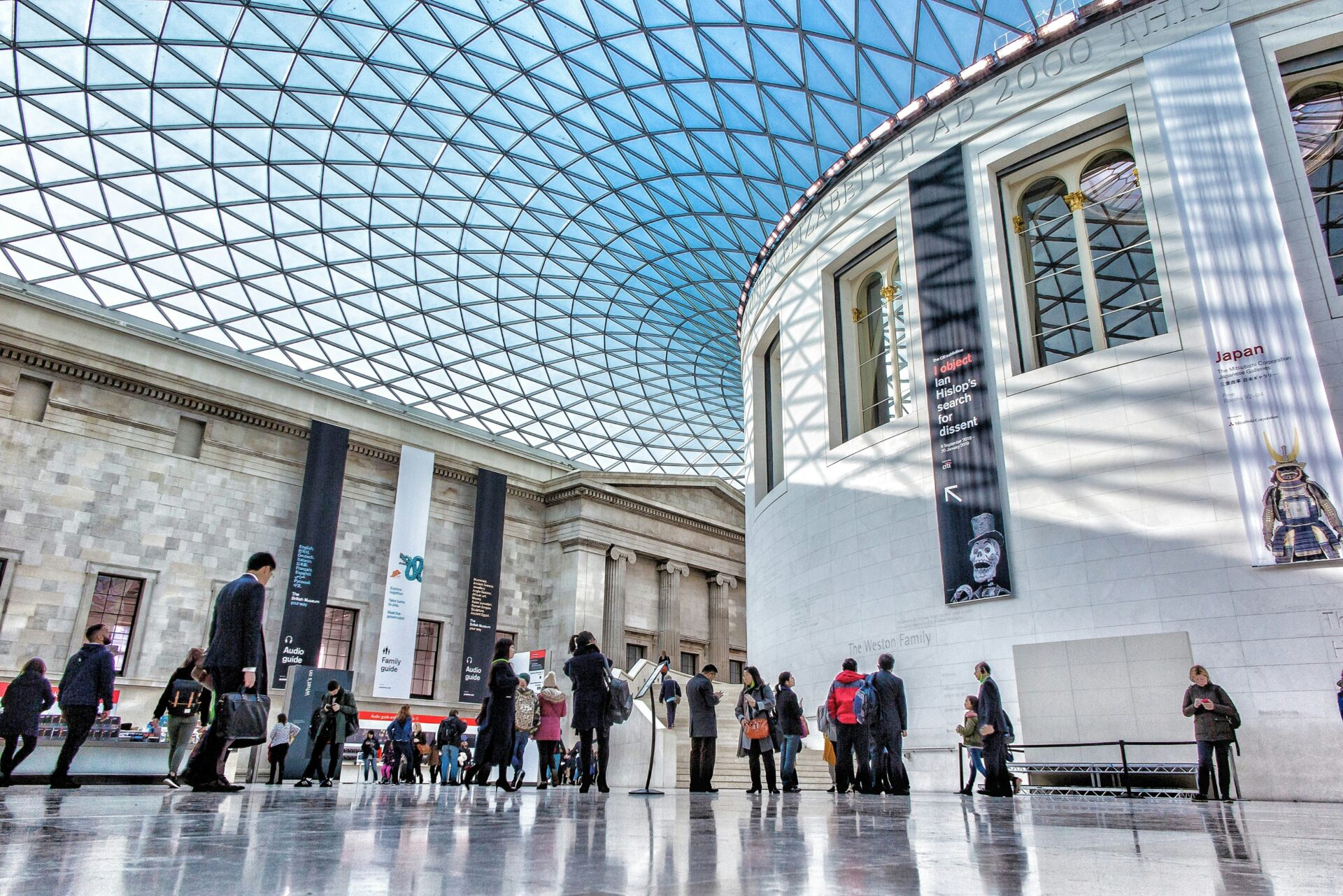
Planning Your Ultimate British Museum Adventure
Getting the most out of the British Museum takes a bit of planning and a few smart choices.
From dodging crowds and picking the right paths to packing smart, every step shapes your adventure.
Essential Pre-Trip Tips
Before heading to the museum, I checked the British Museum’s hours and looked into ticket requirements. Entrance is free, but special exhibits sometimes require advance booking.
A quick look at their website saved me from disappointment. I made a list of my must-see items: the Rosetta Stone, Egyptian mummies, and a few other highlights.
That kept me focused, since the museum sprawls and it’s so easy to lose your way. I also downloaded a museum map and saved it on my phone.
Morning visits are usually the least crowded. If I couldn’t make it then, I aimed for late afternoon.
School groups and tours usually show up in the middle of the day, so I planned around them for a calmer experience.

Navigating the Museum: Avoiding Overload
Walking into the British Museum really does feel like stepping into another world. I quickly realized I had to pace myself—trying to see everything in one go just leads to stress and exhaustion.
I stuck to my highlights first, then wandered through one gallery at a time.
The museum holds over 8 million items. Major artifacts like the Rosetta Stone attract big crowds, especially in early afternoon.
I found it helpful to visit these right after entering or later in the day when most tours had left.
Navigation hacks I used:
- I followed gallery numbers on signs and maps to keep track of where I was.
- I took short breaks in quieter rooms.
- Sometimes I headed up to the top floors, where fewer people seem to go.
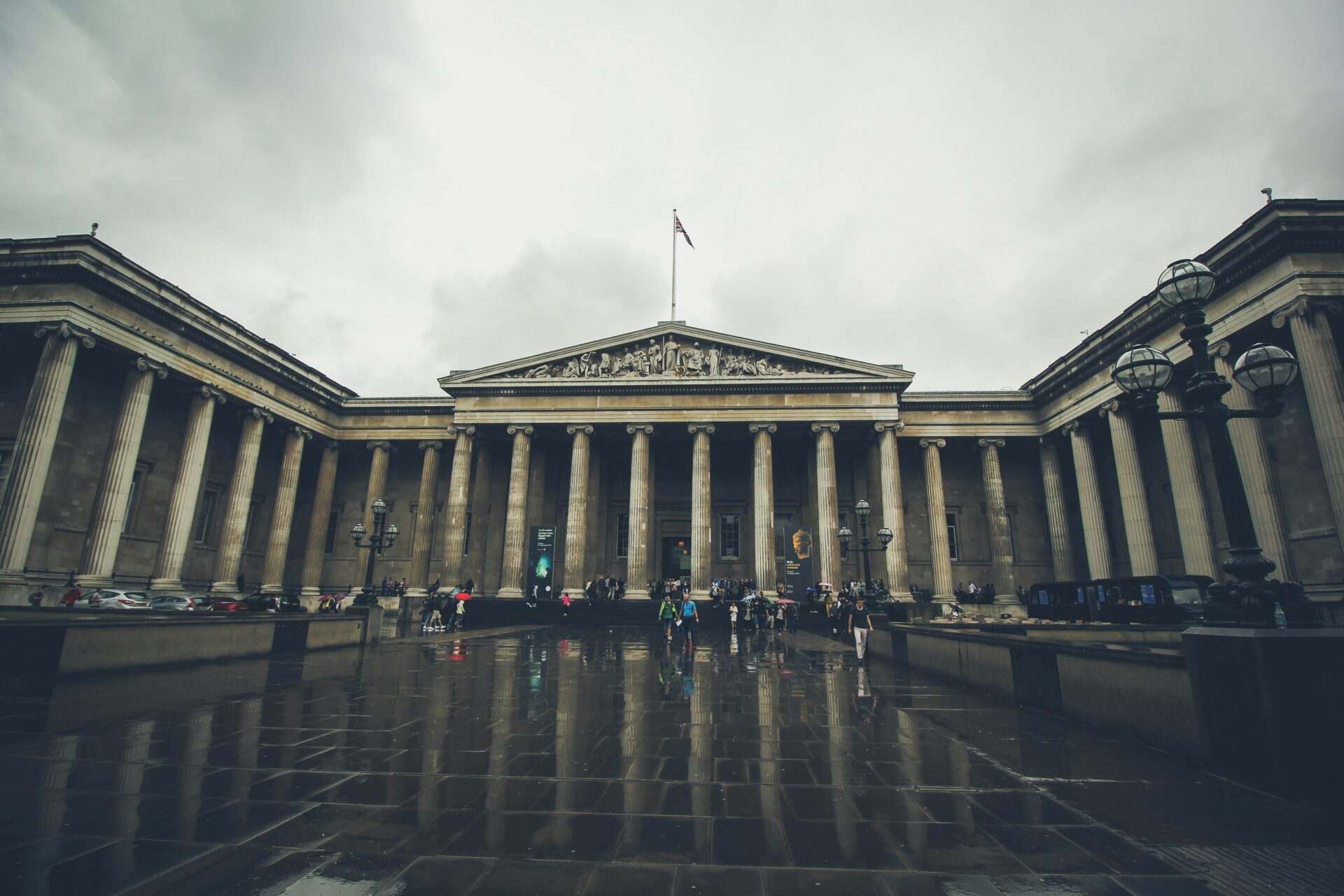
Must-Pack Items for Exploration
Packing right can really make or break your museum adventure. I always bring a lightweight backpack to carry must-haves, but I avoid anything too bulky since some galleries get crowded.
Here’s my essentials list:
| Item | Why I Pack It |
|---|---|
| Reusable water bottle | Staying hydrated is a must. |
| Phone & charger | For maps, photos, and notes. |
| Notebook/pen | Jotting down favorite finds. |
| Light snack | Museum cafés get busy at lunch. |
| Small umbrella | London’s weather is unpredictable. |
I skip large bags and tripods, since these aren’t allowed. Comfortable shoes are key—my step tracker hit over 10,000 steps on a single visit!

Decoding the Rosetta Stone: A Gateway to Ancient Civilizations
Walking up to the Rosetta Stone feels like stepping through a hidden doorway into ancient worlds. This single slab changed how we read Egyptian hieroglyphs and suddenly connected me to histories, languages, and cultures I’d only seen in books.
The Story Behind the Rosetta Stone
French soldiers found the Rosetta Stone in 1799 in the town of Rosetta, Egypt. It’s a chunk of black granodiorite, just over a meter tall, covered in three scripts: Greek, Demotic, and ancient Egyptian hieroglyphs.
They carved it in 196 B.C.E. to record a decree from King Ptolemy V. The text says the same thing in all three languages—kind of like an ancient translation tool.
Ancient Greek was the language of rulers, Demotic was for locals, and hieroglyphs were the traditional language of temples.
I remember staring at those carved symbols, realizing that without the Rosetta Stone, we might still be in the dark about Egyptian civilization. It’s not just a museum piece—it once bridged entire cultures.
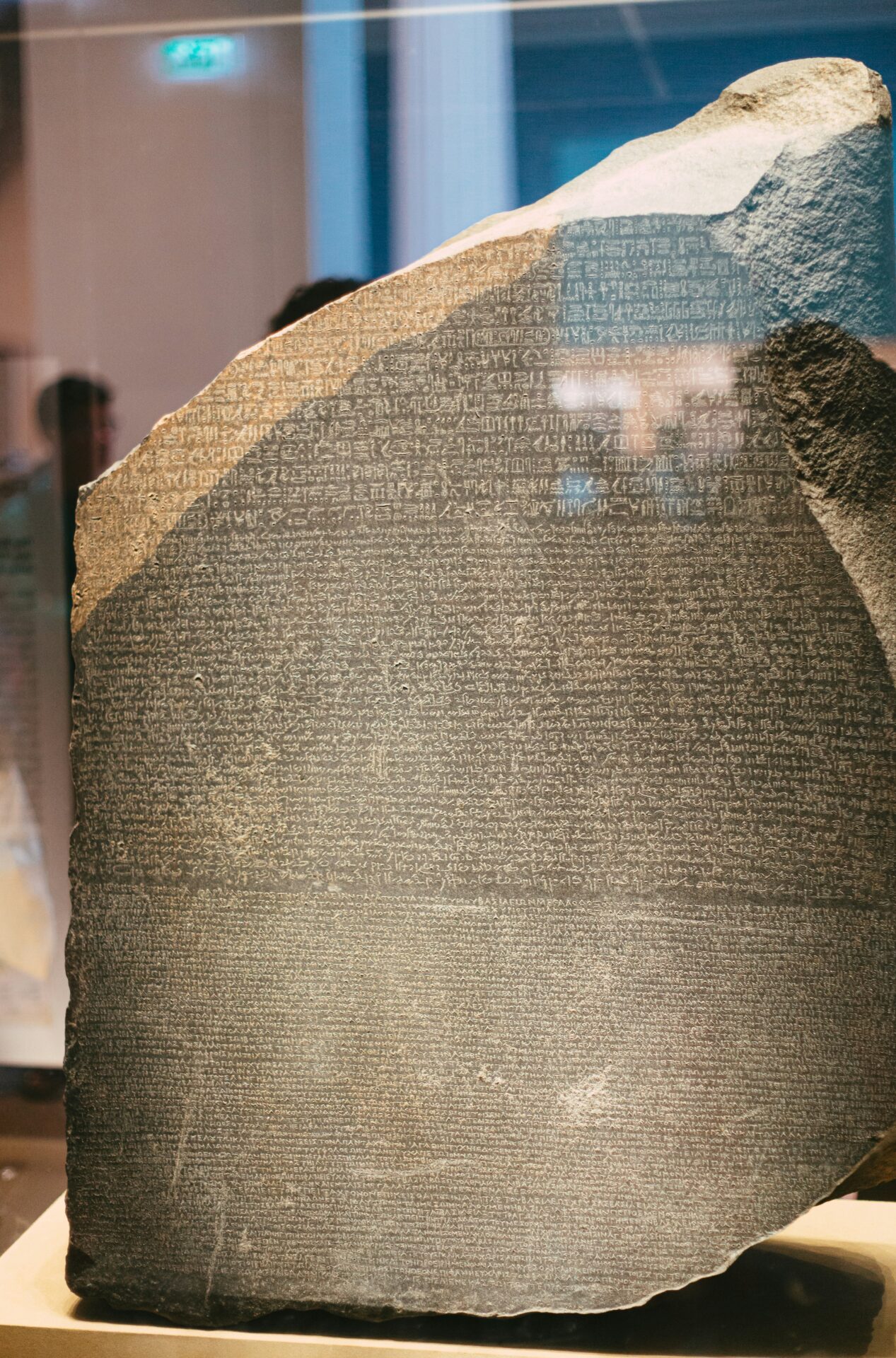
Why the Rosetta Stone Matters Today
The Rosetta Stone is more than just an old artifact; it’s a landmark in the story of human communication. Thanks to this tablet, scholars finally unlocked the meaning of Egyptian hieroglyphs, which brought to life the beliefs, art, and daily life of ancient Egypt.
Seeing the Stone up close, I could almost feel the excitement it must have sparked. People realized that history wasn’t lost—it was just locked away in code.
The ripple effect reached beyond Egypt; it set an example for decoding forgotten scripts everywhere, linking ancient civilizations from the Nile to the Mediterranean.
Today, the Rosetta Stone sits in the British Museum, drawing visitors from all over the world who speak every language imaginable, including Arabic. It reminds me that museums can connect us to the past, and every artifact is a gateway to exploring humanity’s biggest achievements.

Egyptian Mummies and the Mystery of the Afterlife
When I walked into the British Museum’s Egyptian galleries, history came alive around me. Ancient Egypt’s deep fascination with death, fertility, and the afterlife is everywhere you look, and the displays reveal secrets that have captured imaginations for centuries.
Top Highlights in the Egyptian Galleries
The Egyptian galleries feel like a journey through time. The first thing that caught my eye was a row of real mummies, laid out in glass cases.
Each one wears a different mask or is wrapped in a unique style, giving clues about who they were in life.
One highlight I never skip: the ornate coffins decorated with scenes of gods, goddesses, and magical spells meant to protect the dead. I always stop to look at the detailed paintings of the Book of the Dead.
These ancient scrolls show the steps Egyptians believed the soul took after death—like strange gods weighing hearts against feathers.
Artifacts in these rooms remind me how important fertility and family were to the ancient Egyptians. The painted statues of women and children on tomb walls show their hopes for new life—even after death.
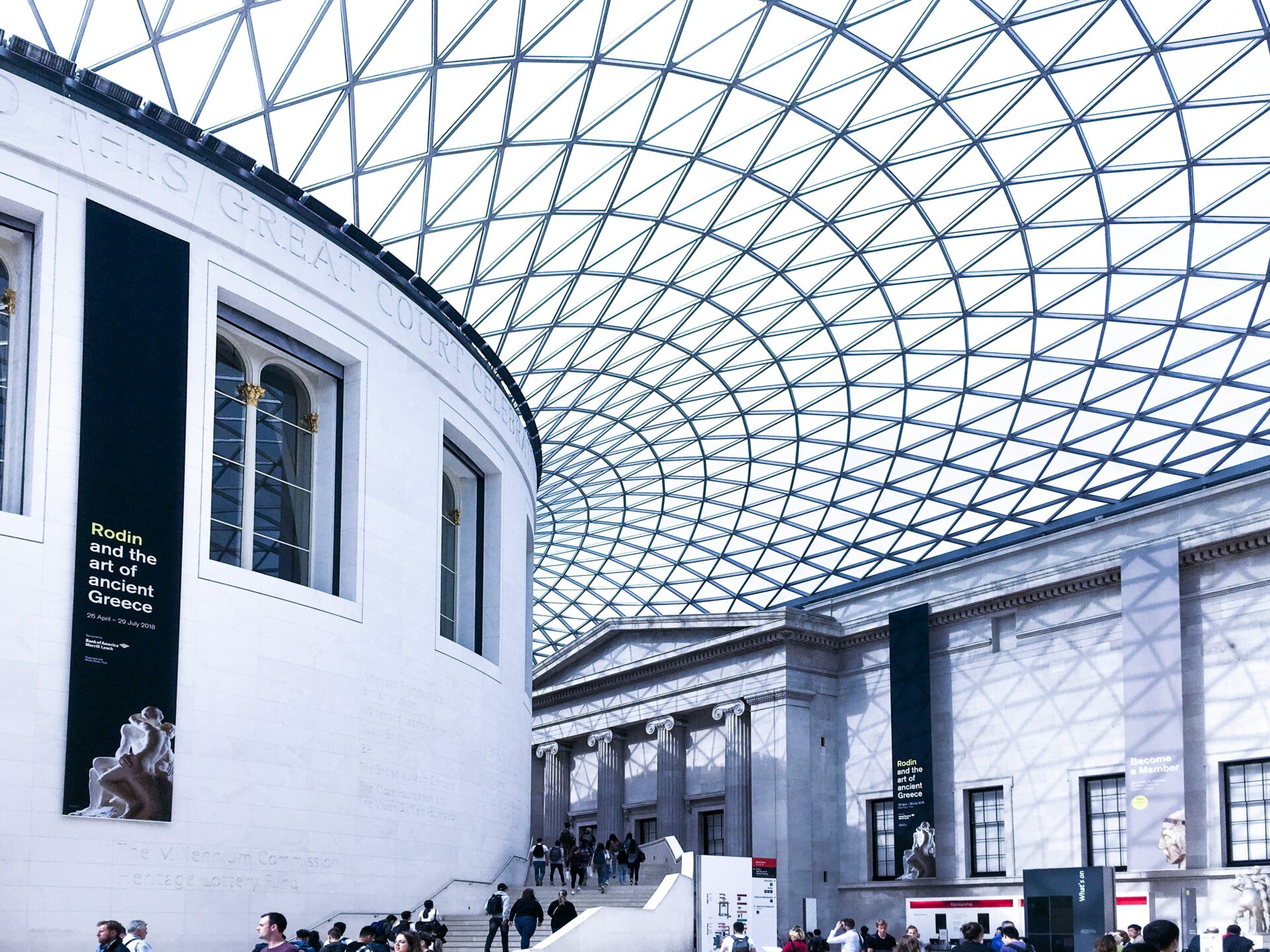
Unveiling Africa’s Ancient Burial Rituals
Egypt sits in Africa, and the funeral traditions here are unlike any other on the continent. I was amazed to learn about the complicated process of mummification.
Priests carefully removed organs and dried the body with salt, then wrapped it tight in linen. Each amulet tied in the bandages had its own magic or meaning.
Displays compare Egyptian burials to those in Nubia and even farther south. Some other African cultures buried people in simple graves, but Egypt’s rulers built grand tombs and pyramids to show their power.
The link to life cycles and the hope for rebirth was a big part of it all. Having children and keeping families strong tied directly to surviving in the afterlife.
That belief pops up in carvings, jewelry, and everyday objects found inside the graves.

The Global Fascination with Mummies
The first time I saw a mummy up close, I totally understood why people everywhere find them so fascinating. These preserved bodies are more than just artifacts—they’re faces from an ancient civilization that shaped Africa and the world.
The British Museum draws huge crowds to its mummy collection. Kids and adults all press in to see these remains that have survived for thousands of years.
Movies, books, and even Halloween stories have kept the mummy legend alive outside of Egypt.
I noticed visitors from every corner of the world gathering to marvel at these mysteries. The mix of science, religion, art, and culture behind each mummy keeps people coming back, trying to imagine what life—and death—meant so long ago.
Off the Beaten Path: Hidden Gems Beyond the Famous Artifacts
The British Museum offers so much more than just the Rosetta Stone and the mummies. Some of my most memorable moments happened while exploring areas most visitors skip.
I found entire worlds tucked away in quiet galleries, full of stories just as powerful as any famous relic.
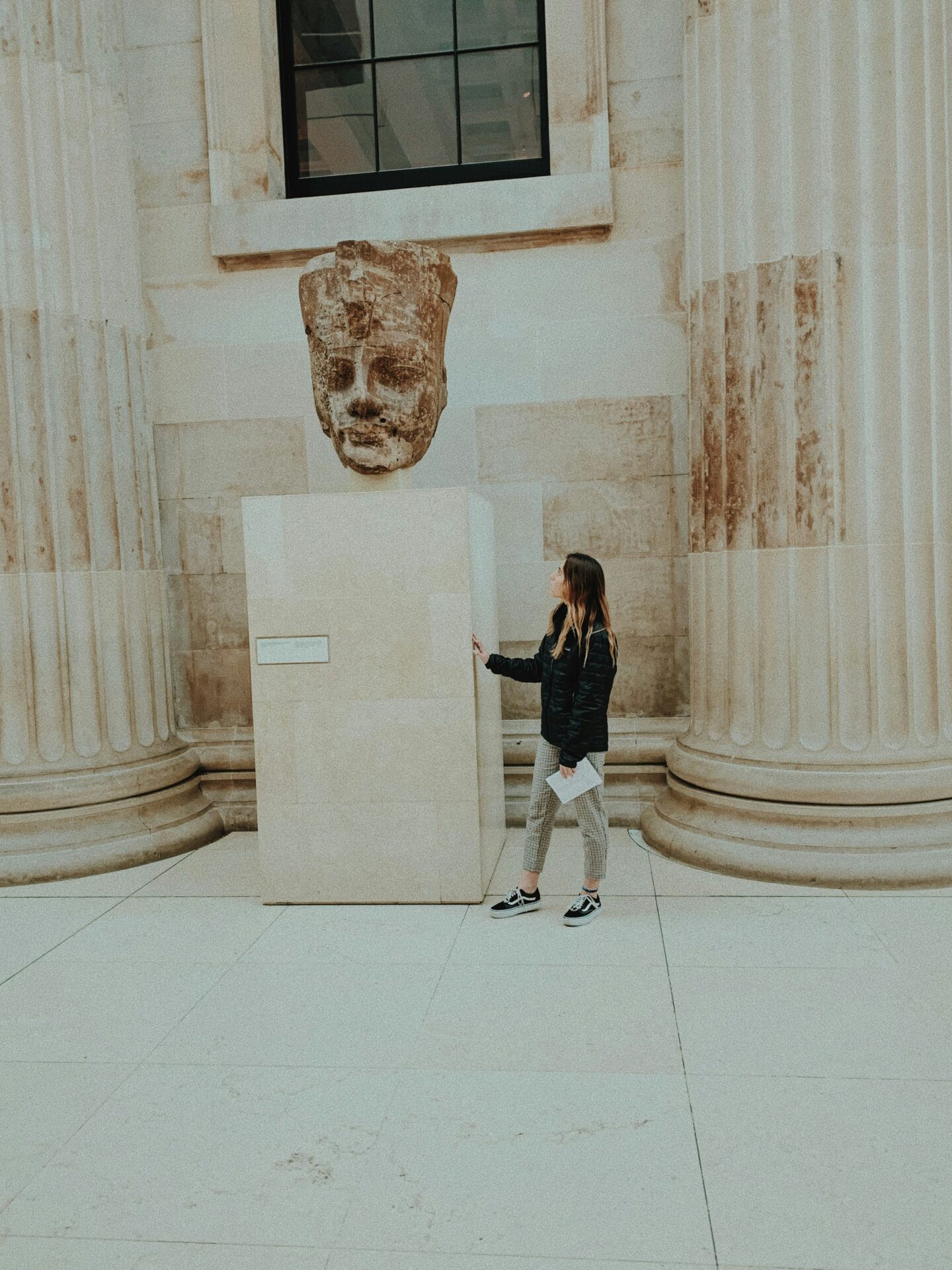
African and Central African Collections
When I entered the Africa gallery, I was struck by the brilliant colors and variety. The displays stretch far beyond the ancient world, covering everything from Central African masks to modern art.
I paused at a Benin Bronze plaque—each one tells stories of royalty and daily life from the Benin Kingdom, now in Nigeria. These bronzes are beautifully detailed and have a history tied up with colonialism and art history debates.
Across the room, wooden statues and jewelry from the Congo fill glass cases. The power figures (nkisi nkondi), studded with nails, really have a presence that’s hard to miss.
I could see the layers—spiritual, artistic, political—that shaped each artifact. If you want to get a sense of Africa’s heart, don’t skip these galleries.
Tip: Weekday mornings are quieter here, and the staff are usually happy to answer questions.
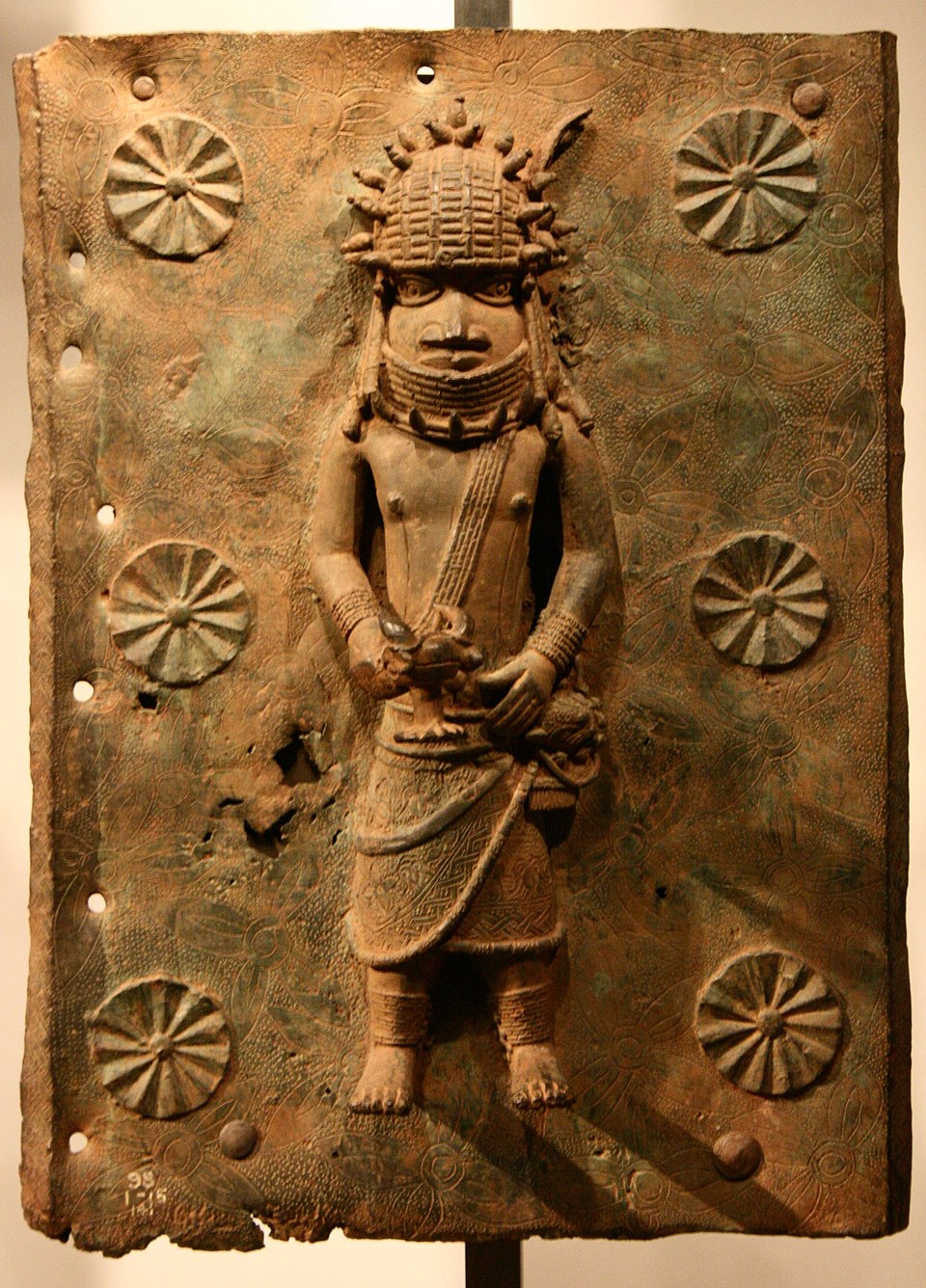
Islands, Oceans, and the Geography of Exploration
One section I almost missed was dedicated to islands and the vast oceans. These displays trace human migration, trade, and learning across the globe.
A map wall shows how Pacific Islanders navigated thousands of miles using only the stars, wind, and waves.
The Maori treasures from New Zealand and the Easter Island (Rapa Nui) statue—called Hoa Hakananai’a—stood out. There’s also a canoe from the Solomon Islands, carved from a single tree, showing how people crossed dangerous waters to trade or settle.
Lists on the walls highlight ancient explorers and early routes. It made me want to learn even more about the people who traveled so far.
The museum connects distant communities and their stories, making the world feel both bigger and closer.
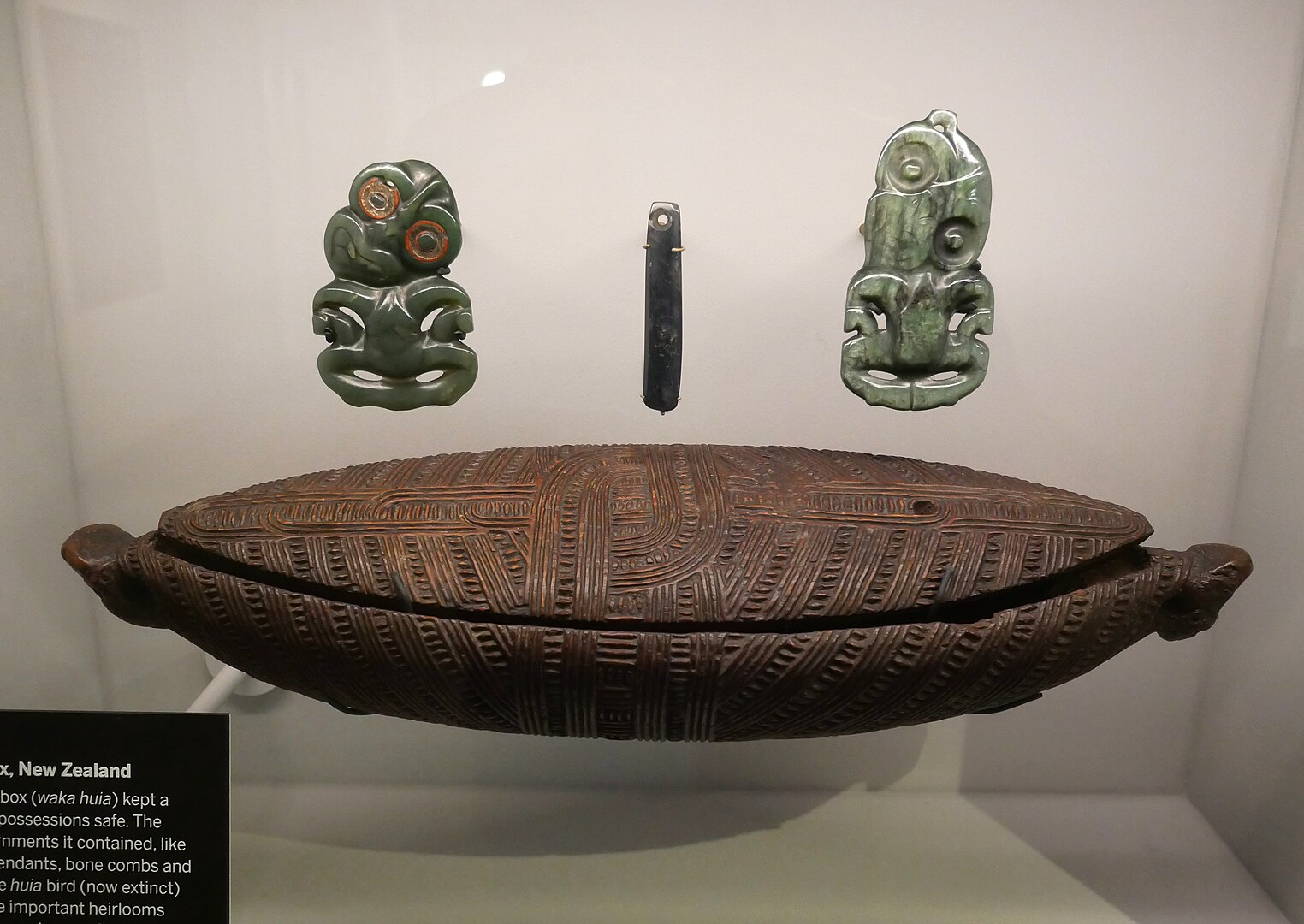
Landmarks from British Isles to Khartoum
I almost breezed past the British Isles collection, but stepping in, I found treasures close to home and from far-off places like Khartoum.
The museum’s prehistoric and early medieval British objects—like the Lewis Chessmen from Scotland—are special because they show everyday life, play, and storytelling.
Coins, weapons, and manuscripts reveal what life was like as Britain changed through the ages. I also noticed items from the spread of British exploration and empire, with objects evoking contacts with Africa, including Sudan’s Khartoum.
If you love local history, spend extra time here. It’s wild how the museum connects key historic places across continents—from Stonehenge artifacts to relics of Egypt’s Mahdist wars.
Every landmark, whether an island, city, or river, fits into the bigger story of the world.
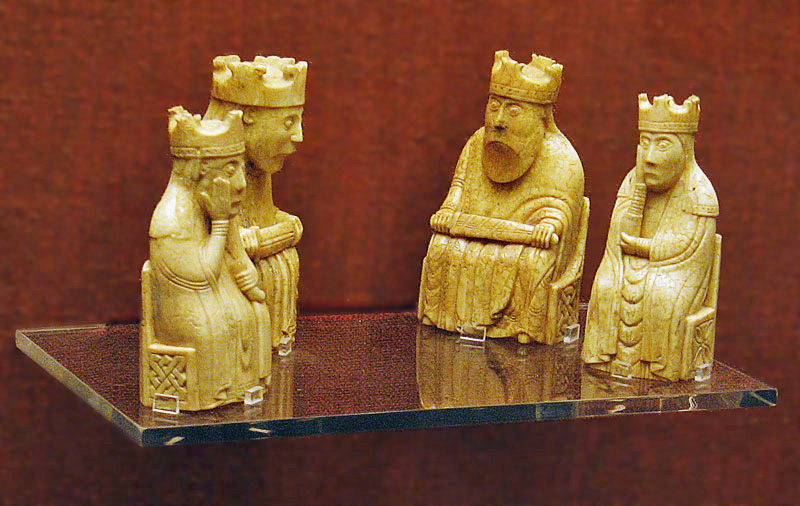
Survival Strategies: Beat the Crowds and Enjoy Your Journey
Exploring the British Museum is an adventure, but crowds and long hours can sap your energy fast. Here’s how I made my journey manageable and even found moments of real peace along the way.
Timing Your Visit Like a Pro
Getting the timing right made all the difference for me. The museum opens at 10 AM, but arriving just before opening gave me a head start.
I skipped the biggest crowds and got my first clear look at the Rosetta Stone before the tour groups poured in.
Midweek days, especially Tuesdays and Wednesdays, are less busy. I noticed that after 3 PM, the museum starts to quiet down too.
Planning to see the most famous artifacts early or late in the day helped me avoid massive crowds.
Tip: Check the museum’s website for any holidays or special events that might impact traffic. If the weather is nice, fewer people stay indoors—so sunny days can be quieter inside the galleries.

Fueling Up: Cafés, Rest Stops, and Recharge Spots
Wandering through the museum can easily eat up hours, so I made sure to plan a few breaks—both for myself and my poor, tired phone. You’ll find several cafés scattered around, but honestly, the Great Court Restaurant near the main dome won me over. It’s bright, easy to spot, and works for a quick snack or a lazy lunch.
You’ll also stumble on a couple snack spots tucked near the Ancient Egypt galleries. I grabbed a sandwich, snagged a bench, and just watched people for a bit. Restrooms pop up on every floor, and there are water refill stations here and there. Not exactly glamorous, but hey, you’ll be glad they’re there.
Must-haves for the trip:
- A refillable water bottle
- Light snacks or fruit
- Phone charger or power bank
Stories of Survival: First-Hand Experiences
The first time I visited, I tried to see everything in one go. By noon, I felt totally wiped out. On my second trip, I took it slower and actually enjoyed myself.
I ran into a couple from Spain who only explored the Egyptian exhibits. They told me skipping the rest took off a lot of pressure.
Another visitor at the mummies display shared a clever trick—they used the museum map like a treasure hunt and picked just their top five must-sees. Their day felt more like an adventure than a marathon.
These stories stuck with me. Focus on what grabs your attention, take breaks, and don’t try to do it all at once. There’s always more to discover next time.
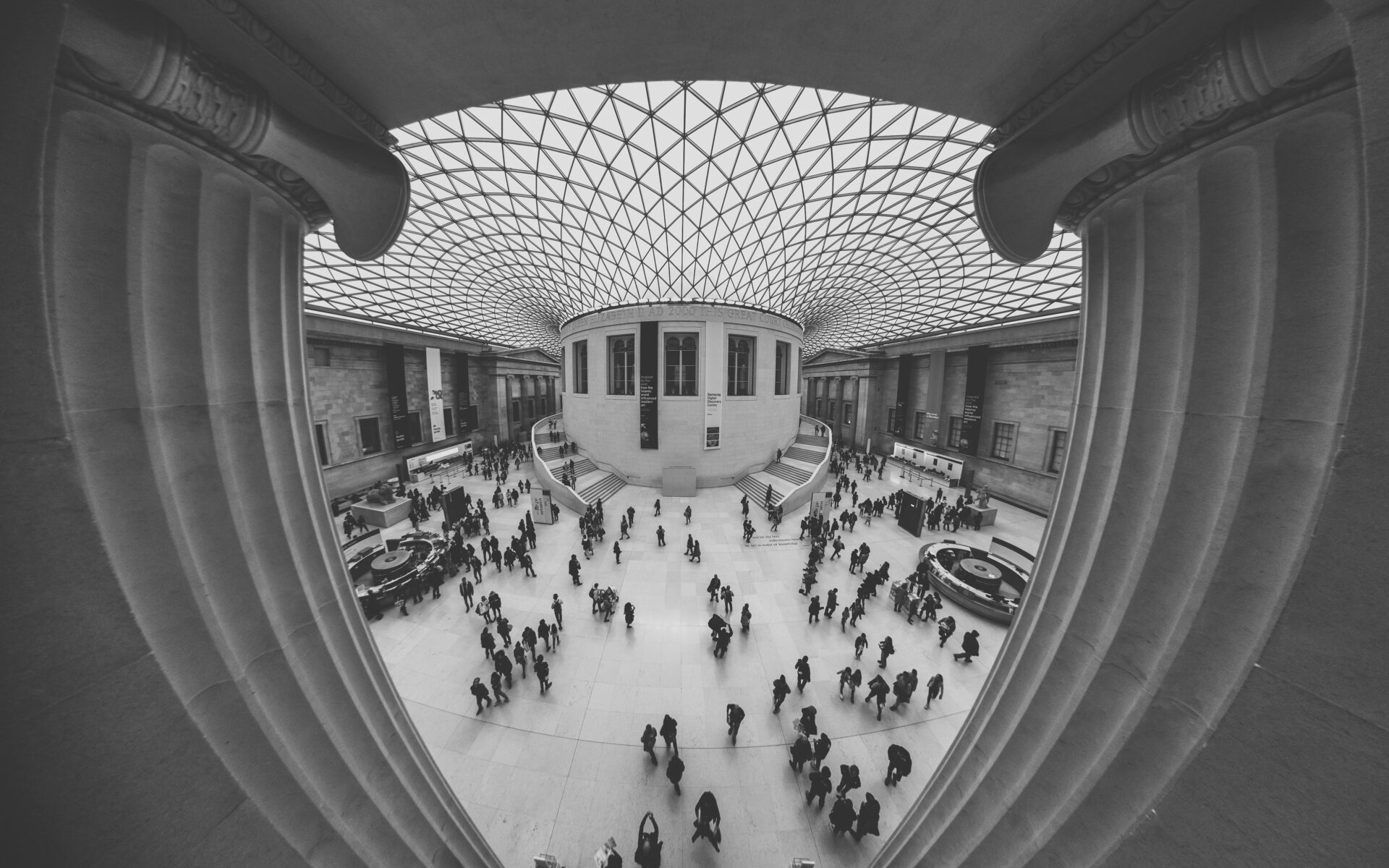
Chasing Curiosity: Inspiring Exhibits to Ignite Your Spirit of Exploration
There’s something wild about stepping into a gallery and watching history come alive right in front of you. Every exhibit at the British Museum pulls me deeper into stories of human courage, wild places, and moments that changed everything.
Soudan, Slave Trade, and British Protectorate Exhibits
I started out in the Africa galleries. Soudan’s history unfolded through old maps, striking art, and some pretty haunting relics. The displays show how Soudan, once a busy hub for ancient trade, got swept up in the horrors of the slave trade. Shackles and trade documents force you to look straight at human suffering—and resilience too.
Plaques and photos talk about the period when the British turned Soudan into a protectorate. Looking at these artifacts, I suddenly felt like the names in history books belonged to real people. There’s a timeline that helps you slot events of colonization and independence into place. By the end, I didn’t just know what happened—I started to get what it meant for the people who lived it.
Tips:
- Bring a notebook. You’ll probably want to jot down questions or thoughts in this section.
- The display cases are packed, so scan from top to bottom—don’t miss the small stuff.
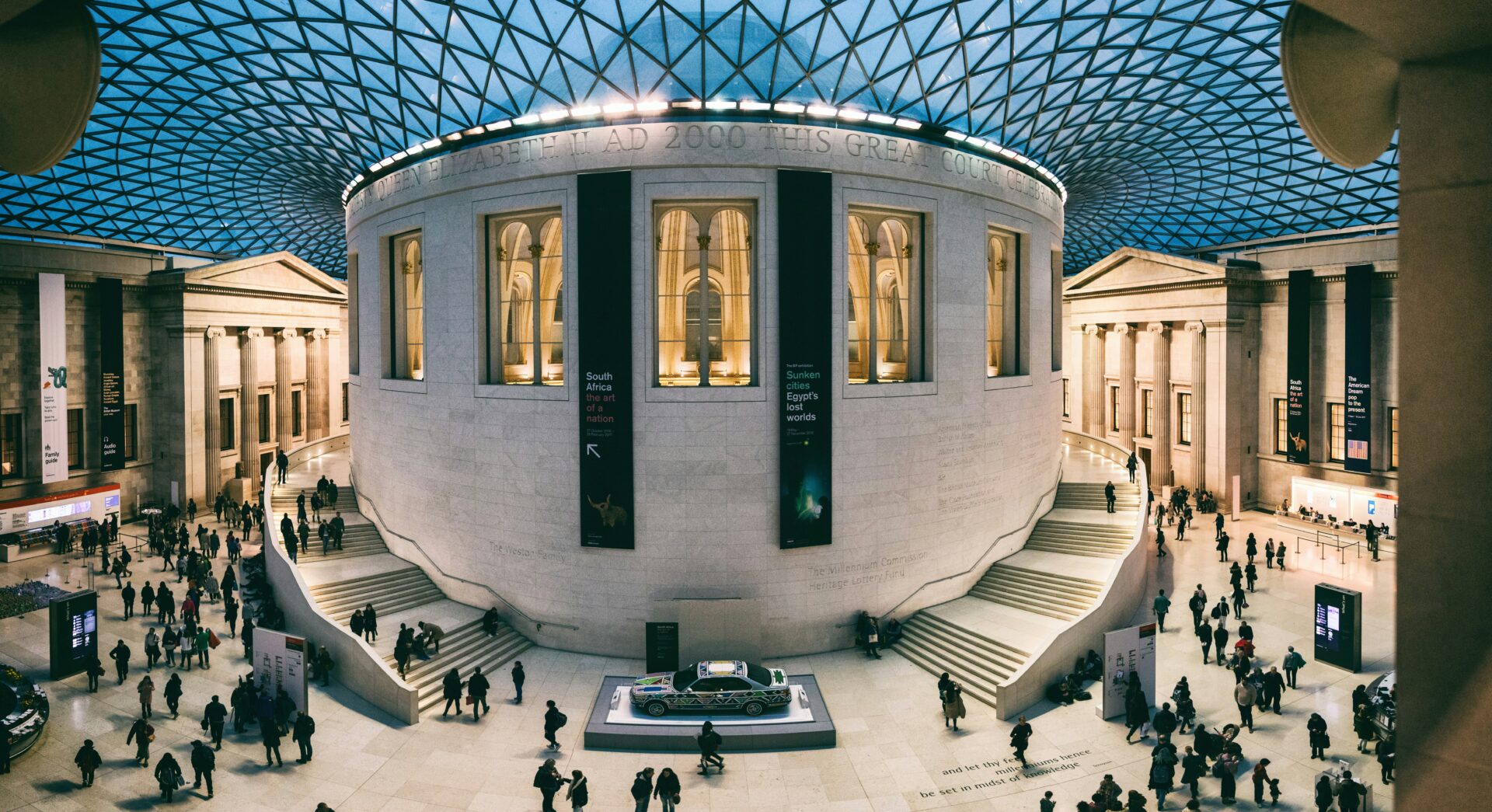
Volcanoes, Mountains, and the Wonders of Nature
I wandered over to the nature and earth sciences section and got pulled into the drama of volcanoes and mountain ranges. You’ll spot a huge volcanic rock from Mount Vesuvius, with a little note about how fast lava can change a landscape. The gallery goes further, showing off the gear explorers used to climb mountains like the Alps and Andes.
One highlight: the wildlife dioramas. Animals living on snowy slopes and rain-soaked volcanoes almost leap out at you. It’s wild to see, and you don’t even need hiking boots.
- Interactive screens break down the different types of volcanoes.
- You can flip through expedition journals and peek into the minds of explorers who faced some seriously extreme nature.

Unraveling Mutiny and the Blue Nile Mysteries
In a quieter gallery, stories of adventure and risk fill the air. Objects from the search for the Blue Nile capture the sense of real exploration.
Explorers like James Bruce and John Speke drew maps that outline their long, dangerous journeys. You can almost picture them, hunched over parchment, plotting routes through the unknown.
This section dives into mutinies during expeditions. The museum displays journals, tattered flags, and artifacts found along the riverbanks.
Explorers faced wildlife, brutal weather, and sometimes their own crews as they searched for the river’s source. The tension in those stories feels almost tangible.
Must-see highlights:
- Personal letters from explorers, where they describe the moment they first glimpsed new lands.
- Artifacts from early Nile expeditions, including carved paddles and water flasks stained by time.
This gallery really got my imagination going. It made me realize that every museum visit can turn into a journey of its own.

